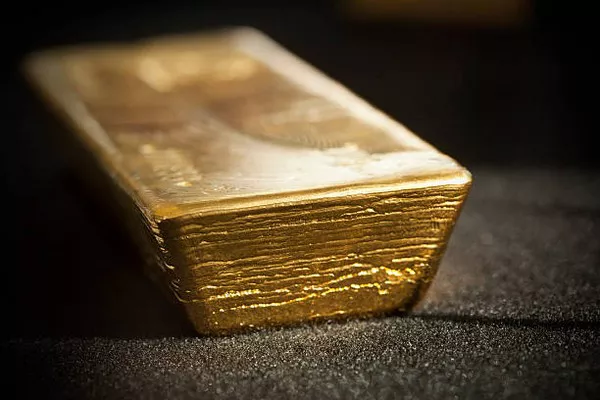In the ever-evolving landscape of financial markets, investors continually seek safe-haven assets to protect their portfolios from volatility and economic uncertainties. Gold, often hailed as a timeless store of value, has traditionally been a go-to asset in times of crisis. As we navigate through a complex global economic environment, the question arises: Is now a good time to buy gold? This article explores the factors influencing the current gold market and evaluates whether gold remains a sound investment choice.
Global Economic Landscape
To comprehend the dynamics surrounding the viability of gold as an investment, it is crucial to analyze the broader economic landscape. As of 2023, the world faces a complex interplay of factors, including geopolitical tensions, inflationary pressures, and the ongoing recovery from the global pandemic. These elements contribute to an environment where traditional financial instruments may exhibit increased volatility.
Gold as a Safe Haven
Historically, gold has proven to be a reliable safe-haven asset, often sought by investors during periods of economic uncertainty. The precious metal’s intrinsic value and limited supply make it resistant to the fluctuations that affect currencies and other financial assets. During times of crisis, investors tend to flock to gold as a store of value, creating demand and supporting its price.
Geopolitical Tensions
One of the primary drivers behind gold’s appeal is its role as a hedge against geopolitical uncertainties. Tensions between major global powers, regional conflicts, and political instability can lead investors to seek refuge in gold. In recent times, geopolitical events such as trade disputes, territorial conflicts, and changes in leadership have contributed to a heightened interest in gold as a strategic investment.
Inflation Hedge
Inflation, the gradual increase in the general price level of goods and services, erodes the purchasing power of currencies. Gold has long been considered an effective hedge against inflation, as its value tends to rise in tandem with the cost of living. With central banks implementing accommodative monetary policies and concerns about rising inflation, investors are turning to gold to protect their wealth from the potential devaluation of fiat currencies.
Interest Rates and Opportunity Cost
The opportunity cost of holding gold versus interest-bearing assets is a critical factor for investors. When interest rates are low, the appeal of non-interest-bearing assets like gold increases. Conversely, higher interest rates can make yield-generating instruments more attractive, potentially reducing demand for gold. As central banks adjust monetary policy in response to economic conditions, the relationship between interest rates and gold prices becomes a key consideration for investors.
Gold Price Trends
Analyzing historical gold price trends provides insights into potential future movements. Over the past decade, gold has experienced periods of both appreciation and consolidation. Factors such as the strength of the U.S. dollar, global economic growth, and shifts in investor sentiment have influenced these fluctuations. Examining technical indicators, market sentiment, and macroeconomic data can assist investors in making informed decisions about the timing of their gold investments.
Diversification Benefits
While gold is often viewed as a safe-haven asset, it also plays a crucial role in portfolio diversification. The metal’s low correlation with traditional financial assets, such as stocks and bonds, means that it can act as a stabilizing force in a diversified investment portfolio. Investors seeking to manage risk and achieve a balanced portfolio may find gold to be a valuable addition, especially during periods of market turbulence.
Risks and Challenges
Despite its historical appeal, investing in gold is not without risks. The market for precious metals can be influenced by factors such as changes in mining production, technological advancements, and shifts in consumer preferences for alternative assets. Additionally, gold prices can be subject to short-term volatility, and sudden changes in market sentiment may impact its value.
See Also: How Low Will Silver Go?An In-Depth Analysis
Conclusion
In conclusion, the decision of whether now is a good time to buy gold depends on a careful consideration of various factors. The current global economic landscape, geopolitical tensions, inflationary pressures, and interest rate dynamics all play a role in shaping the attractiveness of gold as an investment. While historical trends and the metal’s intrinsic properties make a compelling case for gold as a safe-haven asset, investors must also be mindful of the risks and challenges associated with precious metal investments.
As with any investment decision, individuals should conduct thorough research, assess their risk tolerance, and consult with financial professionals to make informed choices. While gold has proven its resilience over time, market conditions can change rapidly, emphasizing the importance of staying informed and adapting investment strategies accordingly.


